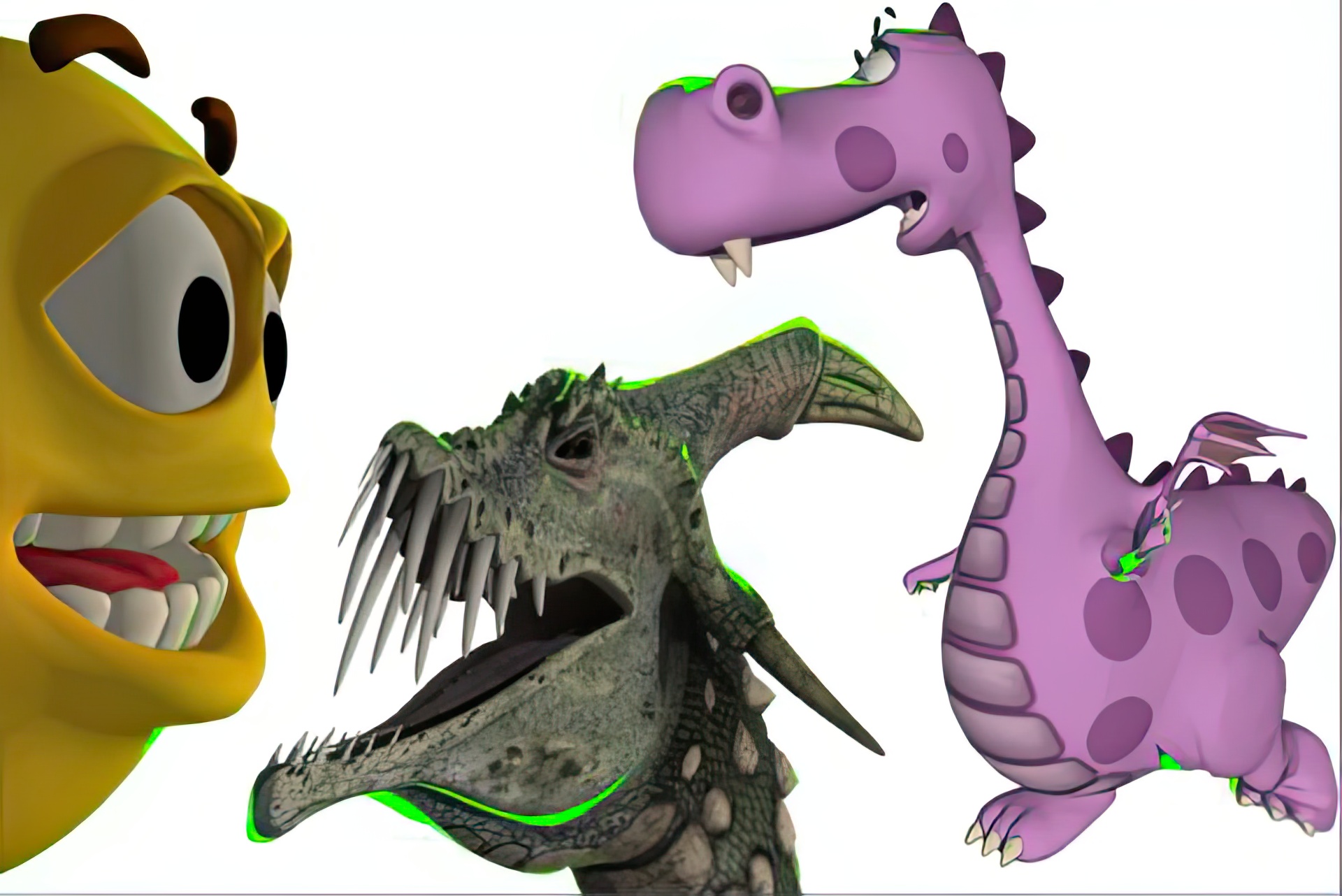“Consistent normal interpolation”
Conference:
Type(s):
Title:
- Consistent normal interpolation
Session/Category Title: Rendering
Presenter(s)/Author(s):
Moderator(s):
Abstract:
Rendering a polygonal surface with Phong normal interpolation allows shading to appear as it would for a true curved surface while maintaining the efficiency and simplicity of coarse polygonal geometry. However, this approximation fails in certain situations, especially for grazing viewing directions. Well-known problems include physically impossible reflections and implausible illumination. Some of these artifacts can be mitigated through special-case processing, although no universal or generally accepted approaches are available. In particular, all known solutions that guarantee that reflected rays will always point outward from the surface also create discontinuities in the reflection ray direction.We present a simple modification of Phong normal interpolation that allows physically plausible reflections and creates an appearance of a smooth surface. We introduce an additional scalar parameter that characterizes the deviation between per-vertex normals and per face normals and use it to adjust linearly interpolated normals. The proposed technique eliminates perceptually objectionable artifacts caused by inconsistencies between the shading and geometric normals while retaining most of the practical advantages and simplicity of the original Phong formulation.
References:
1. Barrera, T., Anders, H. A., and Bengtsson, E. 2004. Faster Shading by Equal Angle Interpolation of Vectors. In IEEE Transactions on Visualization and Computer Graphics, 10(2), 217–223. Google ScholarDigital Library
2. Blinn, J. F. 1977. Models of Light Reflection for Computer Synthesized Pictures. In Computer Graphics (Proceedings of SIGGRAPH 77), vol. 11, ACM, 192–198. Google ScholarDigital Library
3. Kuijk, A., and Blake, E. H. 1989. Fast Phong Shading via Angular Interpolation. In Computer Graphics Forum, vol. 8, 315–324. Google ScholarDigital Library
4. Lee, Y. C., and Jen, C. W. 2001. Improved Quadratic Normal Vector Interpolation for Realistic Shading. In The Visual Computer, vol. 17, 337–352.Google ScholarCross Ref
5. Loop, C., and Schaefer, S. 2008. Approximating Catmull-Clark Subdivision Surfaces with Bicubic Patches. In ACM Transactions on Graphics, vol. 27(1), 1–11. Google ScholarDigital Library
6. van Overveld, C. W. A. M., and Wyvill, B. 1997. Phong Normal Interpolation Revisited. In ACM Transactions on Graphics vol. 16(4), 397–419. Google ScholarDigital Library
7. Phong, B.-T. 1975. Illumination for Computer Generated Pictures. In Communications of the ACM, vol. 18 (6), 311–317. Google ScholarDigital Library
8. Schwenk, K. A. 2009. A Survey of Shading Models for Real-time Rendering. url: http://www.karsten-schwenk.de/downloads/a_survey_of_shading_models.pdfGoogle Scholar
9. Snyder, J., and Barr, A. 1987. A. Ray Tracing Complex Models Containing Surface Tessellations. In Computer Graphics (Proceedings of SIGGRAPH 87), vol. 21, ACM, 119–128 Google ScholarDigital Library
10. Walia, E., and Singh, C. 2006. An Analysis of Linear and Non-Linear Interpolation Techniques for Three-Dimensional Rendering. In Proceedings of the Conference on Geometric Modeling and Imaging: New Trends, 69–76. Google ScholarDigital Library
11. Woo, A., Pearce, A., and Ouellette, M. 1996. It’s Really Not a Rendering Bug, You See… In IEEE Computer Graphics and Applications, vol. 16(5), 21–25. Google ScholarDigital Library





